Updating your website is a very important part of running it, potentially the most challenging one. It is a sign of proper and responsible maintenance, without which your site is likely to appear stale and outdated. Therefore, consider redesigning your website to make it more pleasant and functional for your users.
When planning for a website redesign, the first thing to consider is price. This practice can cost, and it will definitely take time (sometimes even few months), so you need to plan it exhaustively, with plenty of research and seamless integration of your previous content. Sounds complicated, doesn’t it?
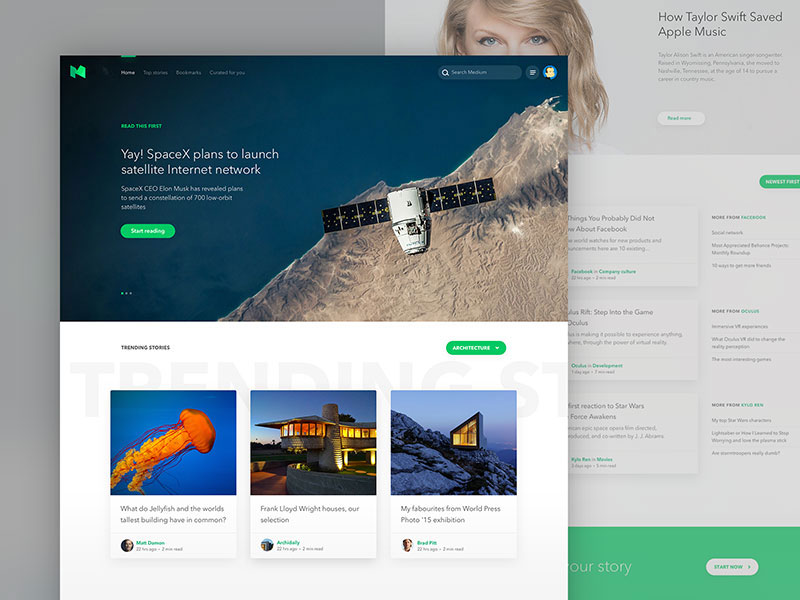
If you fail to plan it properly, you might be risking making all of your redesign efforts futile. Therefore, take your time, and make sure that every step is strategically planned and executed.
Redesigning your website: Why is that necessary?
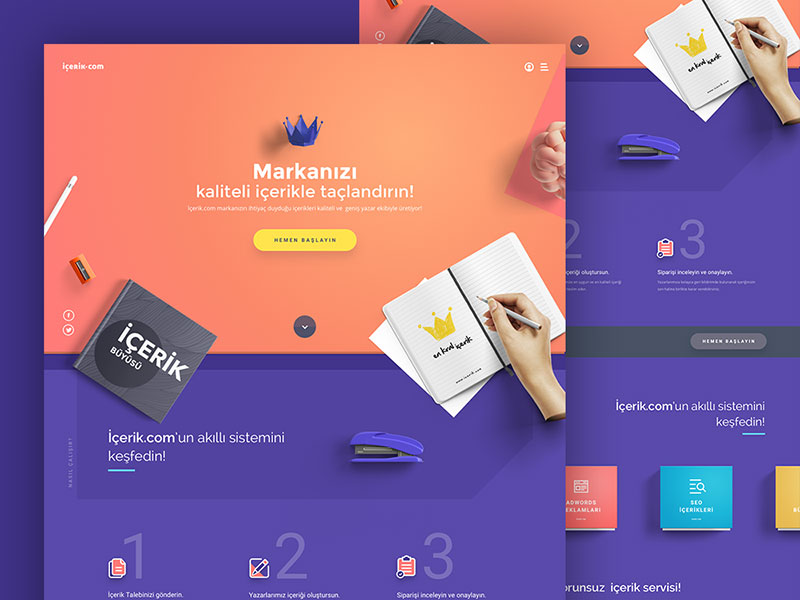
Let us list the most important reasons why you should redesign your website:
- You’ve created it with outdated techniques and design trends
- It doesn’t contain contemporary features, and that is affecting user experience.
- You are discovering more and more architectural flaws, especially in terms of navigation and poor categorization.
- The site is too slow, and there is little chance to improve performance without complete redesign.
- It no longer fulfills your basic needs and it doesn’t generate profit for your company.
- It doesn’t move in the same direction as your brand development.
Evaluating the analytics of your current website
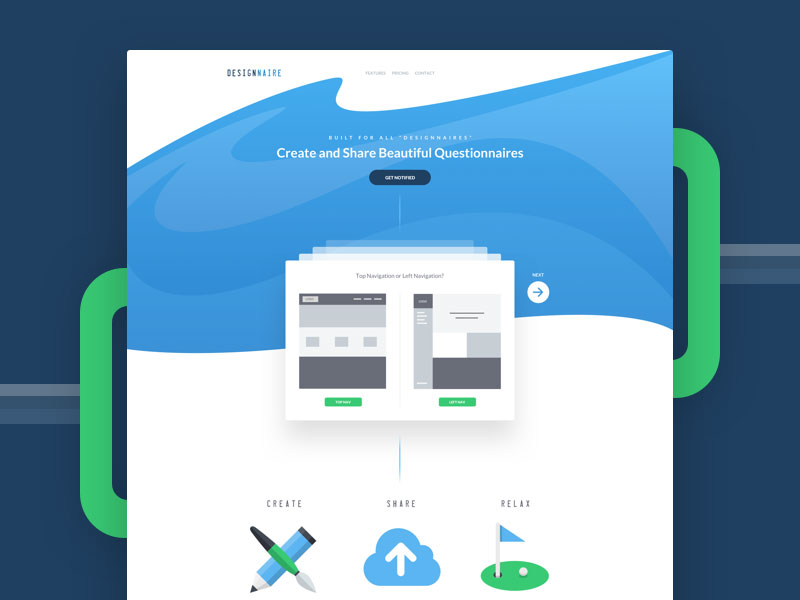
This is something you should do prior to the redesigning, so you should devote reasonable time to evaluate the current traffic of your website and the history of your analytics. This is a compulsory procedure for developing redesigning decision, and you should pay attention to the following metrics:
- Conversion rates
- Average number of leads
- Visitors
- Visits per page
- Average loading times
- Bounce rates
- Preferred pages
- Basic traffic sources
- Up-to-date SEO rankings and main keywords
- In-page click tracking and analytics
- Downloads and submissions
Your first and foremost purpose should be to increase the numbers of views, and to convert as many visitors into customers as possible. Being aware of your website’s history will help you develop the best practices to achieve that.
Sort the good parts out
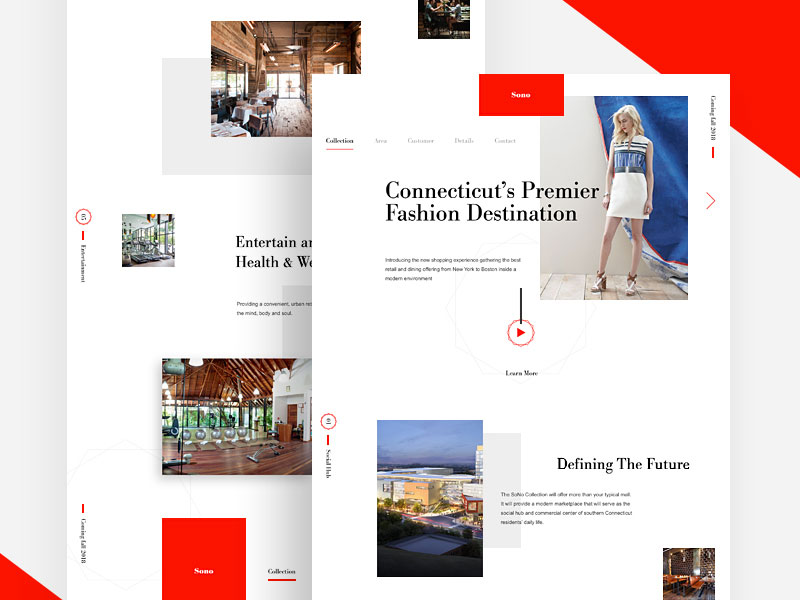
Consider your analytics and the feedback your customers provided you with, and you will be able to sort out the parts that are performing well. You don’t have to change those parts, unless they are a part of a longer structure that isn’t showing admirable results. Otherwise, leave them as they are: why would you fix something that is not broken?
The good-functioning parts are usually the parts you like the most, so keeping them on the table will help you focus on things that you don’t like or should eliminate. Sort out good ideas and discuss the rest with your designer. He will know how to get rid of them and to introduce something that is going to improve the performance of your website.
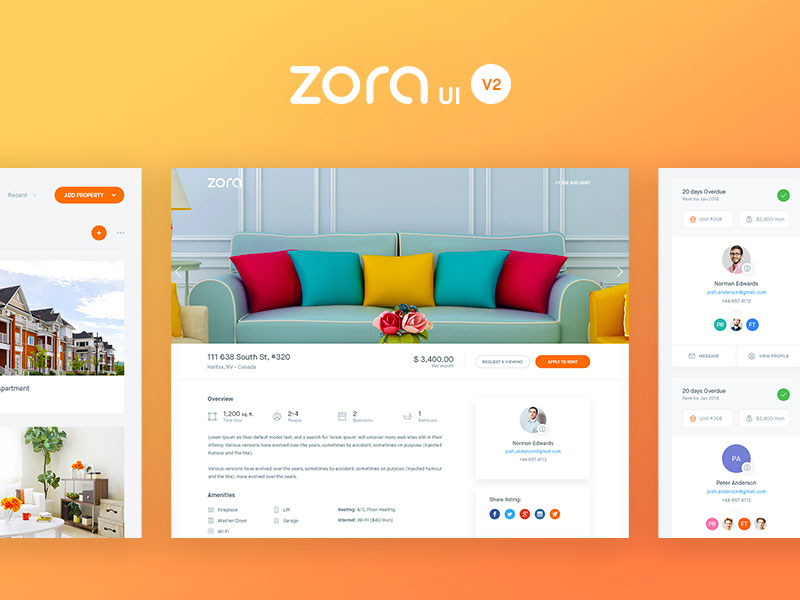
The best way to go is to walk in the shoes of a new visitor who has never encountered your website before. Additionally, you should use the feedback from current users to provide you hints on what visitors appreciate and like the most.
Once you’ve made a list of good and functional parts, try to estimate why they’re working properly. Being able to answer this question will provide you with directions and ways to improve parts that are not working so well.
Learn from your competitors
The same as in other design areas, looking at outstanding competitors and their practices can help you develop good ideas of your own. If nothing else, you’ll think of elements you’re missing and need to implement, a slightly better navigation, or likes and dislikes. Make a list of elements you should integrate, and another one for common mistakes that should be avoided at any cost.
Plan your long-term goals
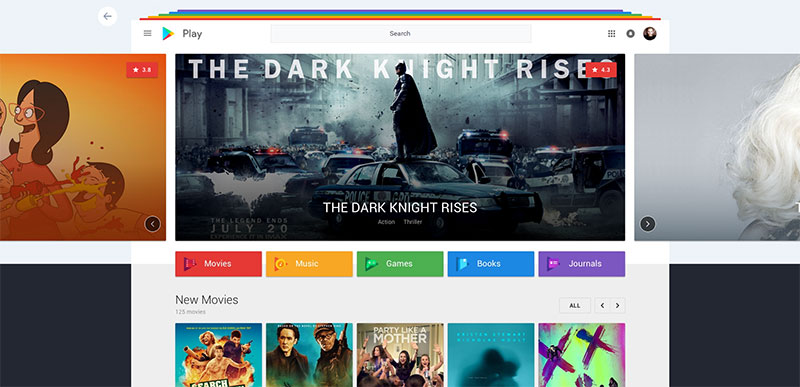
Every website has a purpose, most often to attract visitors and to improve your business. Thinking about it, plan your goals in advance, and think of the most effective lead generating components that you should include. These are the questions you should answer:
- How does a successful website look like?
- What could be the biggest problem for a visitor landing on a new website?
- Which is the most important ‘About’ information your users will want to know?
- Which is the first desired action you’re expecting from new visitors?
- Which is your most valuable asset for attracting visitors and converting them into new leads?
- How can you make the sales cycle shorter?
Don’t make it any less personal
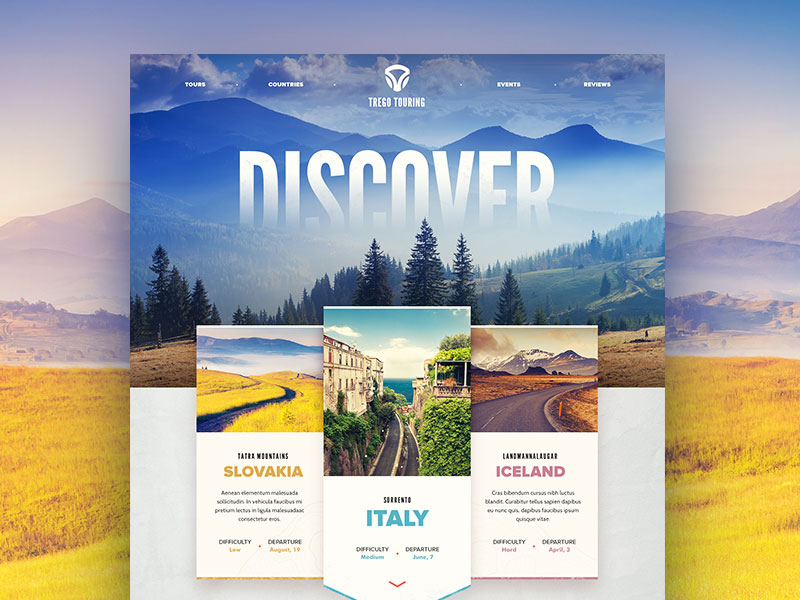
If you’re just starting, and it has been one week since you appeared on the web, you can afford the luxury of frequent redesigning without losing too many visitors. If you’re running a long-established online business that needs redesign, this is not exactly your cup of tea. You will need some serious planning and a detailed schedule before starting to redesign.
Have in mind that you have faithful users who can feel even the smallest change in your design, and for those of them who feel personally attached to the story you’re conveying, this can be the end of your communication. Don’t do anything unless you’re absolutely sure you need it, especially when you’re planning a complete transformation of the website.
Try not to affect the ‘soul’ of your website, and avoid changing navigation in a way users wouldn’t understand. Making them waste extra time to move around and find the options they want, can take them away forever.
Another thing that can frustrate users is a long learning curve, so try to keep things as simple as possible. After all, your main idea is to make the website even more user-friendly, so don’t make drastic changes of appearances or methods.
Plan the budget
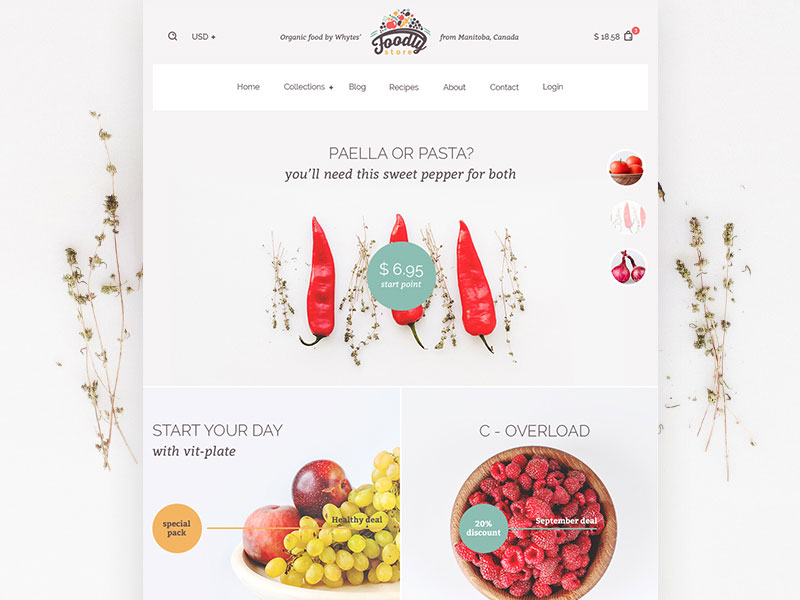
While planning, think about the finances you have on disposal. Unfortunately, the website you want will not always be the one you can afford, so you need to know where your limits are before you start working on something.
A good strategy is to compile a list of pages you want to include, features you want to provide, or assets you think would be valuable to customers Take the list to a good designers’ team, and the team will determine what you really need, and what is not that critical for the website not to be able to function without it.
Who knows, maybe you can still get all of the features you want on the price you’re able to pay, but you need to be precise enough in order to know that.
Design should be suitable for your niche, but modern
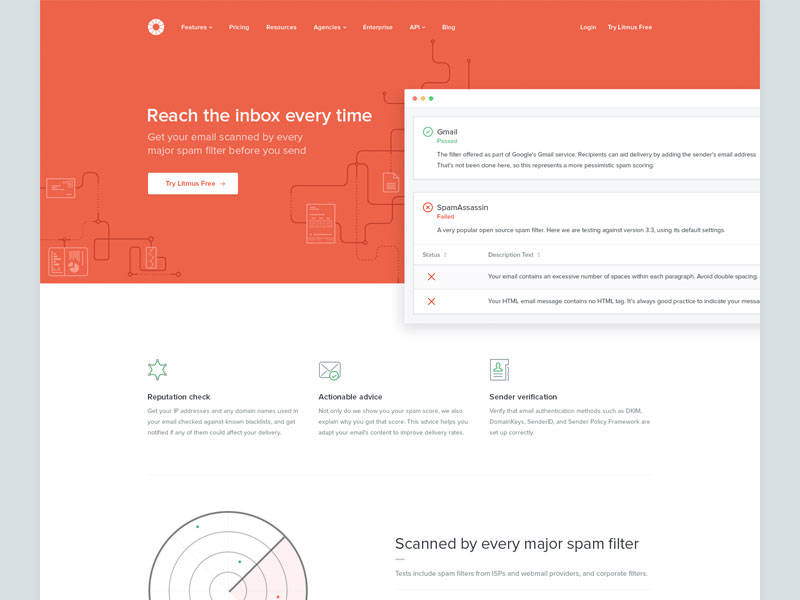
This is something that deserves attention too. By modern, we’re not referring to appearances and aesthetics, but rather modern technology and functional design.
If you think about modern websites, you’ll be able to sort out a list of light weighted and fast practices you should use. The best way is to stay on the safe and simple side, running a site with small gradients and beautiful icons, rich backgrounds, and well-chosen typography.
However, making it modern won’t help you unless you’ve chosen a design that is really relevant to your niche, regardless on the trend. A good way to find an ideal solution for your business is to look at competitors and the way how they solved this problem.
Choose a designer who’s already done redesign (successfully!)
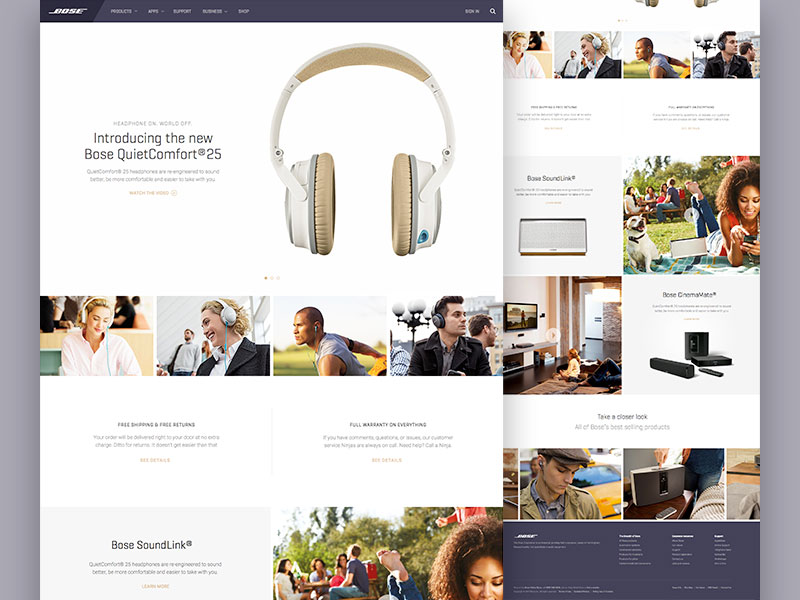
If you want to redesign your website in order to improve performance, choose a designer that has such experience. Obviously, redesigning and designing from scratch are much alike, but they’re far too different in the logistic sense.
If nothing else, redesigning requires compliance and is therefore more complicated to perform. There is a lot of old content to be preserved, ongoing processes to be refreshed (registration, for instance), and a bunch of technical specs that have to be adhered. A designer must be really good in order to handle all of this.
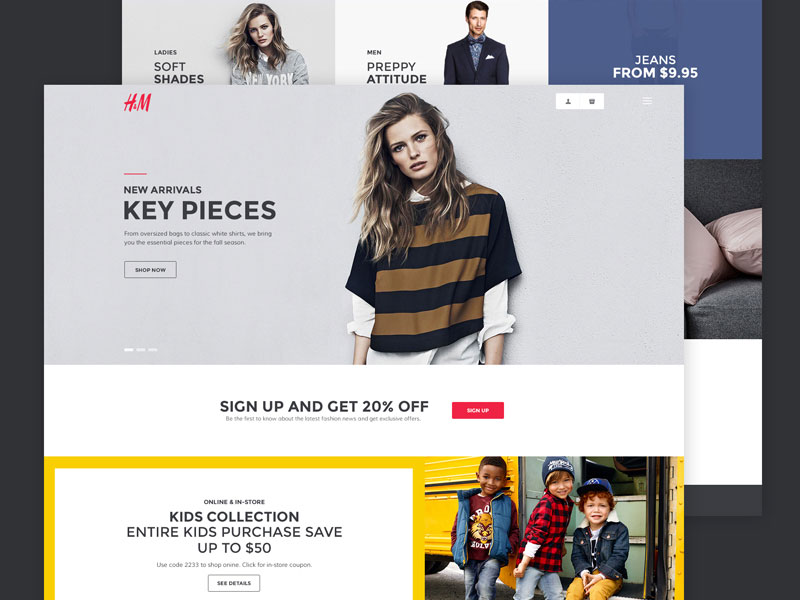
Choosing a good designer is essential for your business, as it will affect the overall growth and development of your product, and the profit increase you’re trying to achieve. Look at your website as the most important marketing tool you’ve got, and make a wise choice of partners to understand your need for improvement.
Ideally, it should be a designer willing to discuss details, patient to change plans, and obviously experienced with marketing. He needs to understand your strategy, and to be able to deal with branding and generating needs.
The final result of working with such person will be a beautiful and functional website, which can generate leads and improve performance.




